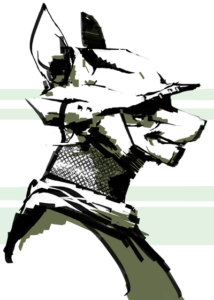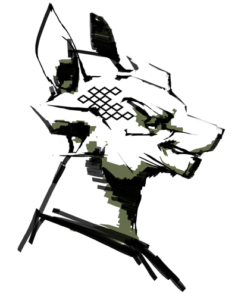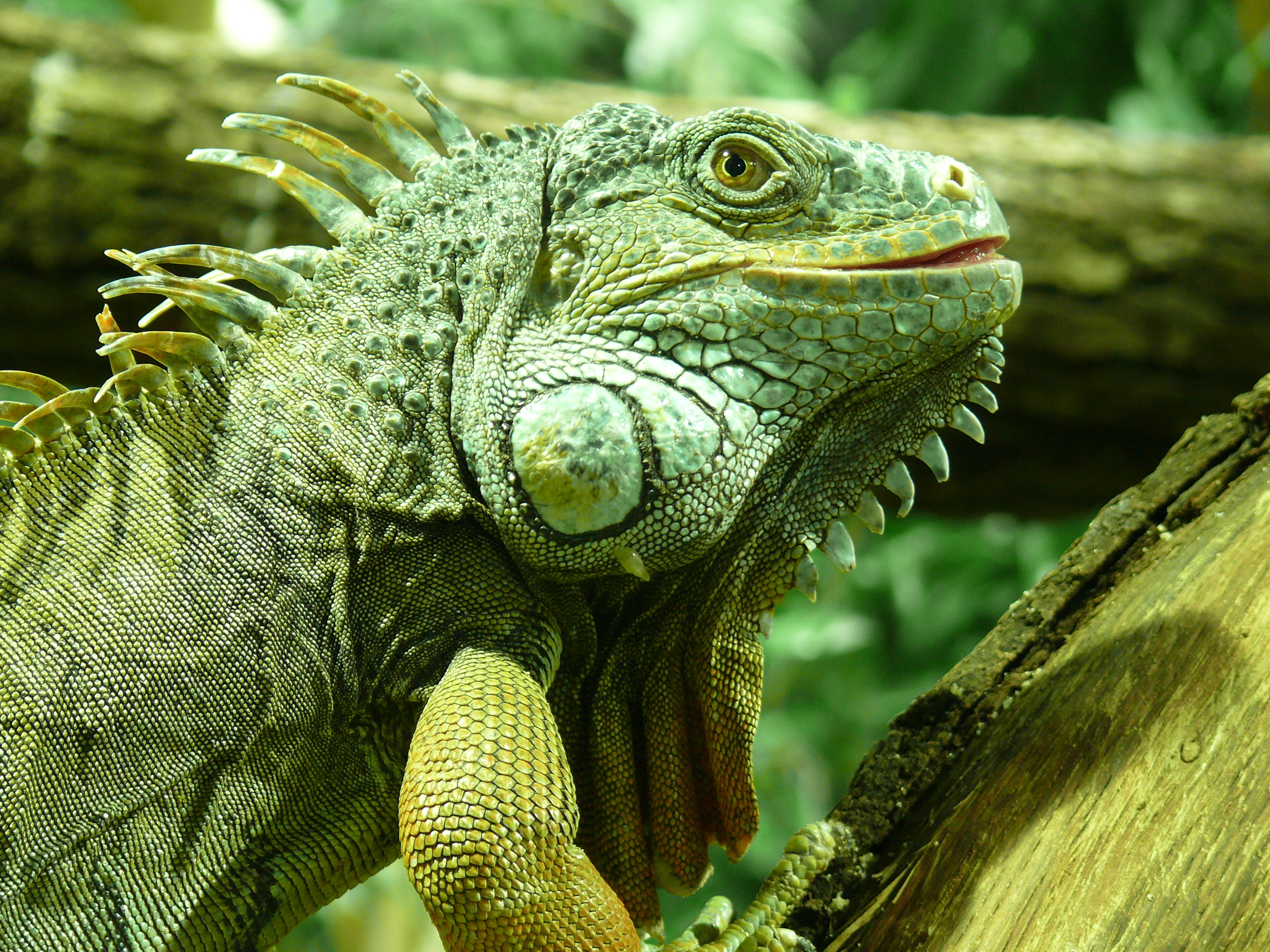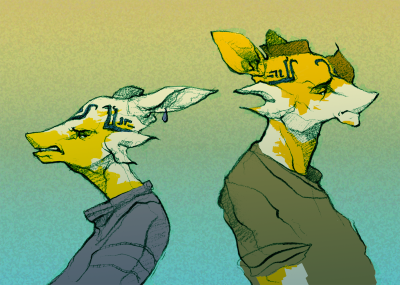I never quite know how alien to make the motherlanders. they should be alien enough to challenge cultural expectations and force you to relate to someone different than yourself, but they shouldn’t be so alien as to be unrelatable. there can be quite of a grey area.

there was a time where the comic characters looked much more alien. even though I liked the exotic factor, I ended up toning it down for a few reasons, the main one being I did not want to kneecap their relatability. even now there are many people who are turned off from this comic by the single fact that the characters are not visibly human, but like I said before, the reason for that is to force you to learn about cultures/people that might seem alien to you. I would hazard a guess that people who are immediately turned off by appearance may need to introspect a bit about their priorities.

the most recent example of this conundrum was my constant wrestling of whether I wanted them to be plantigrade or digitigrade (“human-feet” or “dog-feet”). it isn’t a huge deal either way, but i spent more time wrestling with the design than i’d like to admit. You can see me not committing in the early parts of ch2 if you look. in the end I settled more or less on plantigrade (human-feet), again because it made the silhouette seem more human. I could play with figure poses in a more natural way. drawing someone run when they have dog feet looks a bit “off”.
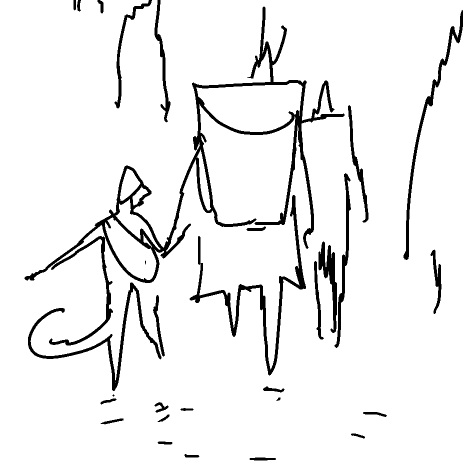
and sometimes it just looks better to leave it a bit vague. don’t let the rules of the design get in the way of what the panel needs.


